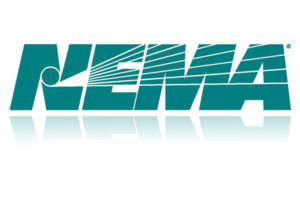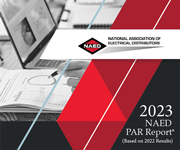
NEMA recently shared new guidelines for germicidal lighting.
Background:
Germicidal irradiation is the process of inactivating pathogens with a radiating energy source. In most cases, the intent of germicidal irradiation is to guard against detrimental health effects from molds, spores, bacteria, viruses, fungi, and similar living and non-living pathogens. Common germicidal radiating energy sources are sometimes referred to as germicidal lighting, germicidal ultraviolet (GUV), or germicidal ultraviolet irradiation (GUVI). These sources emit electromagnetic (EM) energy in the ultraviolet and visible light portions of the spectrum. In practice, electromagnetic radiation outside the visible light spectrum is not considered “lighting.” The term lighting applies to visible light produced by luminaires that enables humans to see and complete visual tasks.
Material surfaces and circulating air within buildings can be irradiated or exposed to a germicidal irradiation source, resulting in the inactivation of pathogens on those surfaces or in the air. Depending on the specific spectrum, intensity, distance, and duration of exposure (i.e., the germicidal irradiation dose), a system may claim effective inactivation of specific pathogens in specific situations. Germicidal irradiation sources are increasingly used in commercial building environments to disinfect and reduce the risk of disease spread. Germicidal irradiation used in buildings does consume energy to provide this special service and does not provide any lighting for visual tasks; lighting for visual tasks is governed by energy efficiency Standards and codes when adopted by a jurisdiction.
This document outlines the positions of the three primary energy efficiency Standards with respect to germicidal irradiation in commercial buildings.
Click here for more information.
Tagged with germicidal, NEMA





